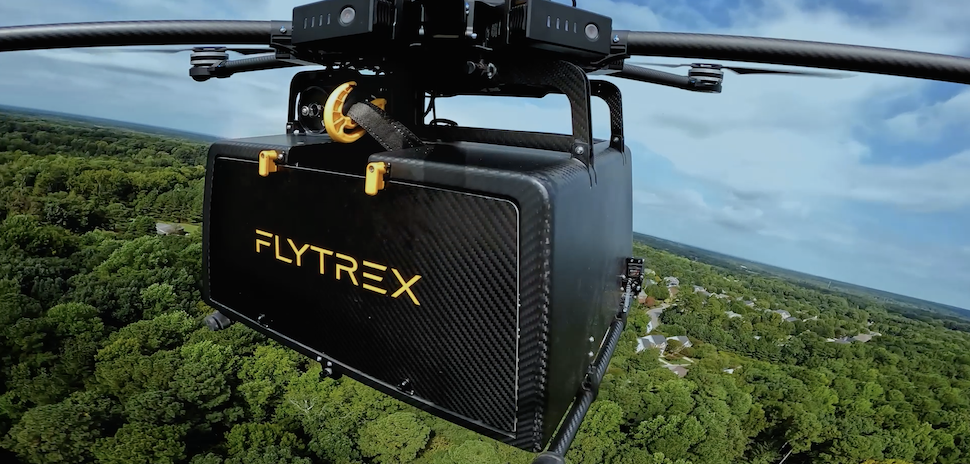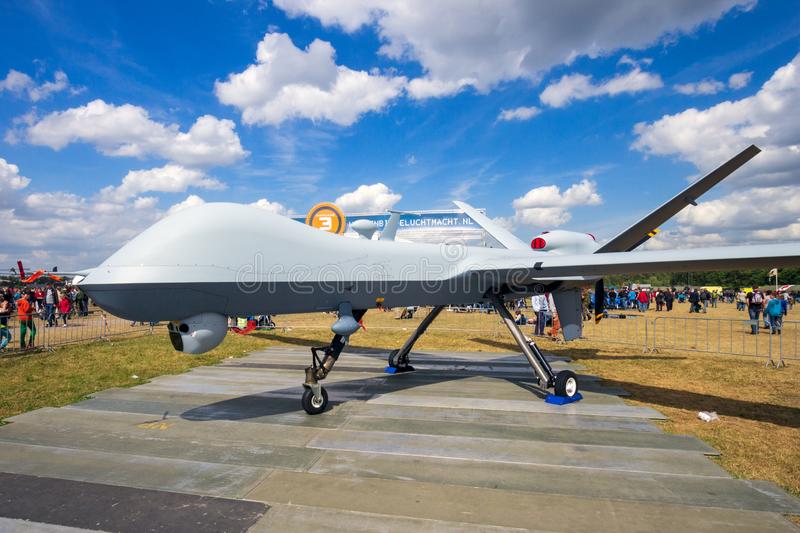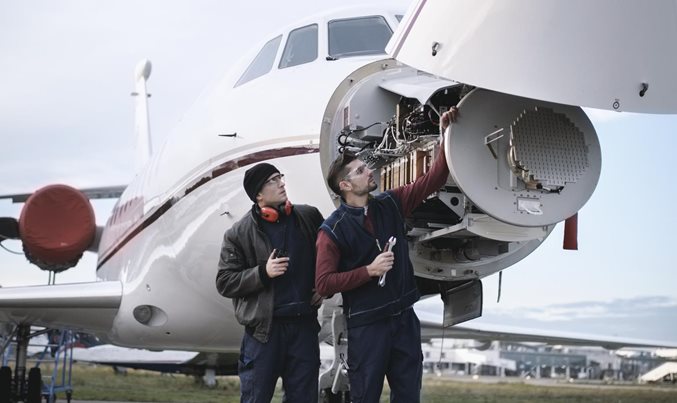
You can find a list of important rules and regulations that govern the flying of a drone here: General safety rules, Controlled and uncontrolled airspace, Nighttime flight, Remote ID requirements, and Controlled versus Uncontrolled Airspace. The FAA encourages hobbyists to learn how to fly a model airplane. However, it requires that you notify the control tower when you are within five miles from one. This notice, which is likely to be deterrent for spy spies, also states that drones should not be used for any other purpose than personal enjoyment.
General safety guidelines for drone pilots
Safety rules for drone operation should be adhered to in addition to the law. First, always fly within visual line of sight and do not fly near populated areas, other aircraft, or moving vehicles. Second, never fly your drone over a stadium, crowd, or emergency response effort. Third, be careful and stay on the control sticks while flying your drone. Lastly, always remember to follow local and federal airspace regulations.
In order to operate a drone safely, it is important to follow federal and local aviation laws. Make sure to fly in clear skies and avoid restricted airspace. You should also check flight plans to ensure that you don't fly into restricted areas. Finally, avoid taking drone photos in areas with the expectation of privacy. You could be subject to legal action if you violate such laws. These rules are mandatory for drone operators.
Controlled vs. uncontrolled airspace
The difference between controlled and non-controlled airspace is something you must first understand. A defined area of sky that is controlled by ATC has specific dimensions and requirements. Uncontrolled airspace, on the other hand is not designated and does not have any set requirements. Uncontrolled airspace, for example, does not have a defined definition and is widely used for many purposes. Controlled airspace, which only allows aircraft to follow the Instrument Flight Rules (IFR), is generally the most restricted. In addition, aircraft operating in controlled airspace are separated from other traffic.

The definition of Class G is the next distinction between controlled and uncontrolled airspace. It refers to areas with low air traffic and no airport control tower. Most air traffic in this area is controlled by visual flight rules and has moderate weather minimums. The air traffic control system's primary function is to coordinate traffic flow, and prevent collisions between planes. In other words: Controlled airspace has lower minimum weather conditions then uncontrolled airspace.
Nighttime flying
FAA regulations stipulate that nighttime flying must be done with caution. Before you can fly in a night operation, you will need to have the necessary experience. Night rules can be more complicated than daytime rules. This can make it difficult to understand your position and avoid other aircraft. ForeFlight makes it easy to track the time of sunrise and sundown. You can be sure that you are flying legally and safely.
A drone must have anti collision lights in order to be eligible to fly night under FAA rules. They must be visible for at least three statute miles and flash at a frequency sufficient to avoid collision. Nighttime flying will soon be possible if the pilot has the right training and experience. Keep checking this space for details and precise dates. If you aren’t sure when it will legal to fly in night flight, check out the rules.
Remote requirements
The FAA has adopted Remote ID requirements for drones. This technology allows drones to broadcast messages using a radio frequency compatible with personal wireless devices. Although the range of this technology is different for different drones it is essential that they are set up to maximize their range. These messages should include the drone's ID, latitude/longitude, altitude, and velocity, as well as a time mark and emergency status.

Remote identification is an important part of the new rules as it provides a common and consistent way to track and identify airborne drones. It will increase trust in drone operations by the public and make skies safer for all. In April 2021, the new Remote ID rules will take effect. Similar requirements will also be in place in Europe this year. Drone operators are able to safely and responsibly operate drones within their immediate neighborhood.
FAQ
Where can I purchase a drone?
You can buy many types of drones online. Some prefer to buy their drones from Amazon, eBay, or Walmart. Some people prefer to buy their drones directly from the manufacturer.
Is it safe for a driver to fly a drone?
Drone flying while driving can be dangerous as you may collide with another vehicle or object. You could also hit pedestrians and animals. In addition, you could damage your car by hitting power lines, trees, or buildings.
What are the rules of operation when using drones?
Registering your drone with FAA is required. The registration process requires you to provide information about your device, such as its weight, dimensions, battery capacity, operating frequency, and battery life. It also requires you to obtain an identification number from the FAA.
Can someone spy on you with a drone?
Yes, anyone can fly a drone and spy on you. The only way to protect yourself from drones is to be aware of them and avoid areas where they may fly. You should immediately call 911 if you see a drone fly around.
Can I fly my drone indoors?
Yes, it is possible to fly your drone indoors. There are only a few things you need to do: Make sure your home is free of obstacles and hazards. For example, you should avoid flying near windows, doors, heating vents, air conditioning units, electrical outlets, water pipes, and fireplaces.
What type of batteries should a drone be using?
Most drones use lithium-ion batteries. A typical drone consumes between 3 and 6.
Statistics
- According to the multiple listing service (MLS), houses and apartments with drone photographs are up to 68 percent more likely to sell than those without pictures. (thedroneu.com)
- According to industry research from ZipRecruiter , there are 10 cities where the typical salary for a Drone Pilot job is above the national average. (dronesgator.com)
- Research and Markets predict a growth rate of 51.1% over the next five years. (thedroneu.com)
External Links
How To
How To Film Yourself With A Drone
You can easily film yourself with a drone. You just need a camera, a remote controller, and a smartphone. The first thing you should do is to get your license from the FAA (Federal Aviation Administration). The next step is to purchase a Quadcopter. This drone has four rotors that allow it to fly in various directions.
Once you have purchased your drone you will need it to be connected to your computer with a USB cable. Open the software program for your drone and follow these steps.
-
Connect the battery of your drone to the power source of your laptop.
-
Make sure your drone's webcam is open and working properly. If there's nothing on the screen then you should check for a problem with the connection between drone and computer.
-
Turn on WiFi on your drone. In the field "IPAdresse", enter the IP Address of your computer.
-
Select "Open Camera" from the menu.
-
You should set the image quality to HD 1080p.
-
Click on "Record," and then click the "Start Recording."
-
Once you're done recording, close the webcam software.
-
Save the video file on your hard drive.
-
Final step: Upload the video file onto YouTube via another computer.
-
You can share your video link via social media sites such as Facebook, Twitter and Instagram, Google+, LinkedIn. Pinterest, Tumblr. Reddit.